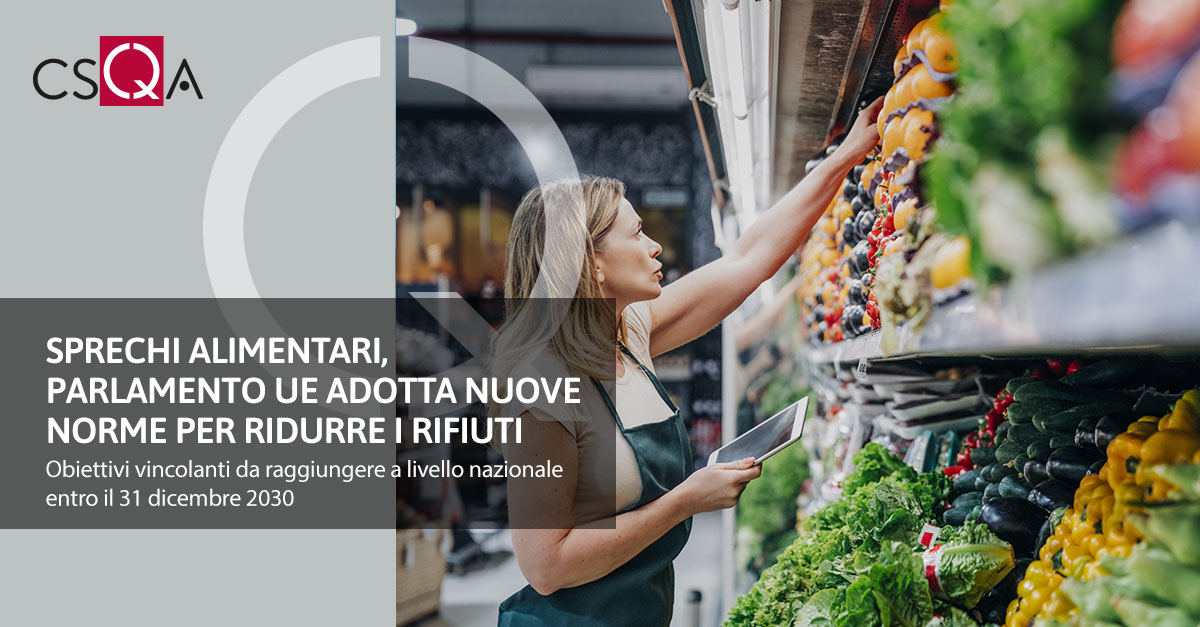 The European Parliament has given the final green light to the new directive to prevent and reduce food and textile waste across the EU .
The European Parliament has given the final green light to the new directive to prevent and reduce food and textile waste across the EU .The legislative text, the result of an agreement with the Council in February 2025, was adopted without a vote as no amendments were tabled.
The law will now be signed by the Presidents of the Parliament and the Council, before being published in the Official Journal of the EU.
Member States will have 20 months from entry into force to implement the rules into national law.
Food waste: new binding targets
The directive establishes binding food waste reduction targets to be achieved at national level by 31 December 2030 :- –10% in food production and processing.
- –30% per capita for waste from supermarkets, restaurants, canteens and households.
At the request of Parliament, EU countries will have to adopt measures to ensure that "economic operators with a significant role in preventing and generating waste facilitate the donation of unsold food still fit for human consumption."
Textile waste: producers will cover the costs
Producers placing textiles on the EU market will have to bear the costs of collection, sorting and recycling , through new extended producer responsibility schemes, to be established in each Member State within 30 months of the directive's entry into force.The rules will apply to all manufacturers, including those operating via e-commerce , regardless of their location. Microbusinesses will have an additional year to comply.
The new rules will cover clothing and accessories, hats, footwear, blankets, curtains, bed linens, and kitchen linens. At the initiative of the Parliament, EU countries may also include mattresses.
Finally, when determining financial contributions to support producers, Member States will have to take into account ultra-fast fashion and fast fashion practices.
Food and textile waste numbers in the EU
In July 2023, the Commission proposed a revision of EU waste rules, targeting food and textile waste.Every year , in the EU , almost 60 million tonnes of food waste (132 kg per person) and 12.6 million tonnes of textile waste are generated.
Clothing and footwear alone account for 5.2 million tons of waste, equivalent to 12 kg per person each year. It's estimated that less than 1% of all textiles worldwide are recycled into new products. (Source: https://esgnews.it/ )